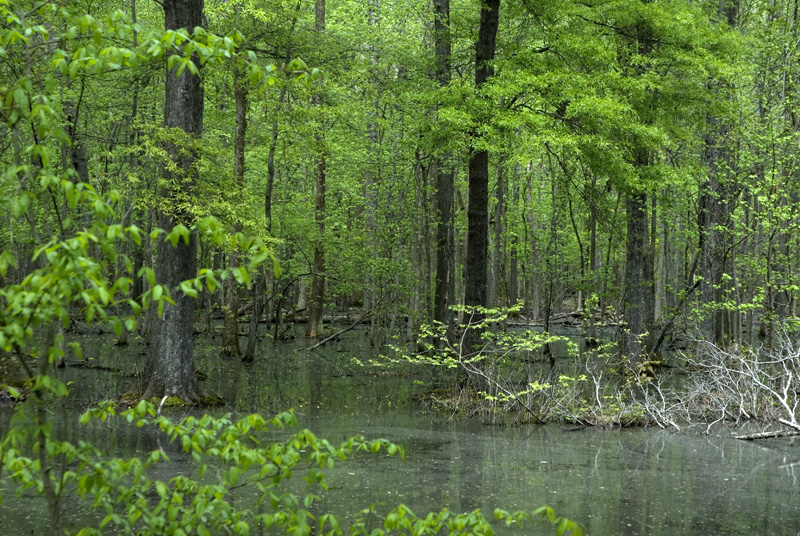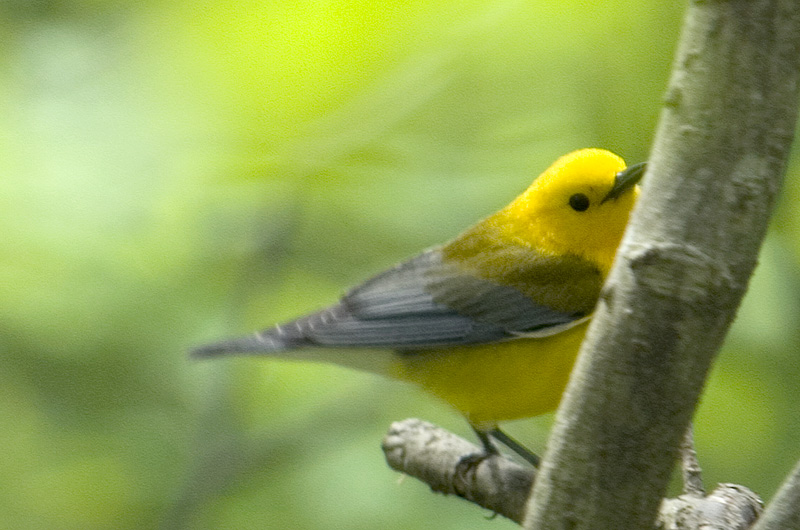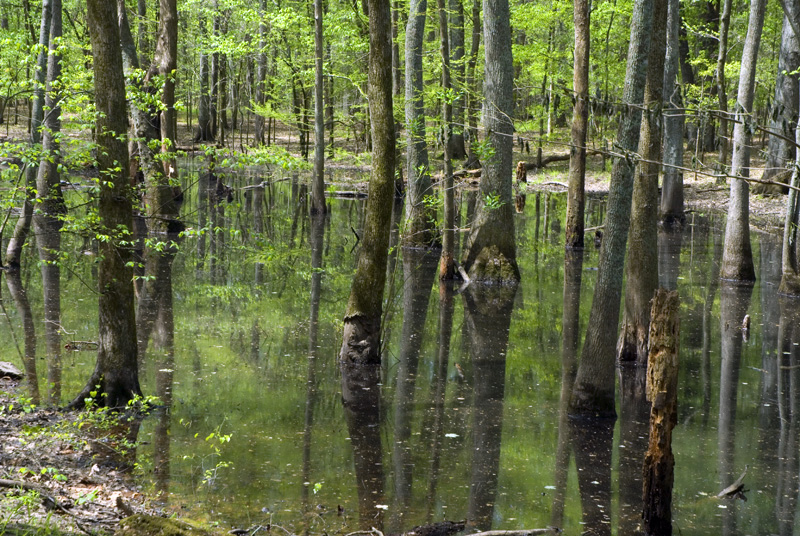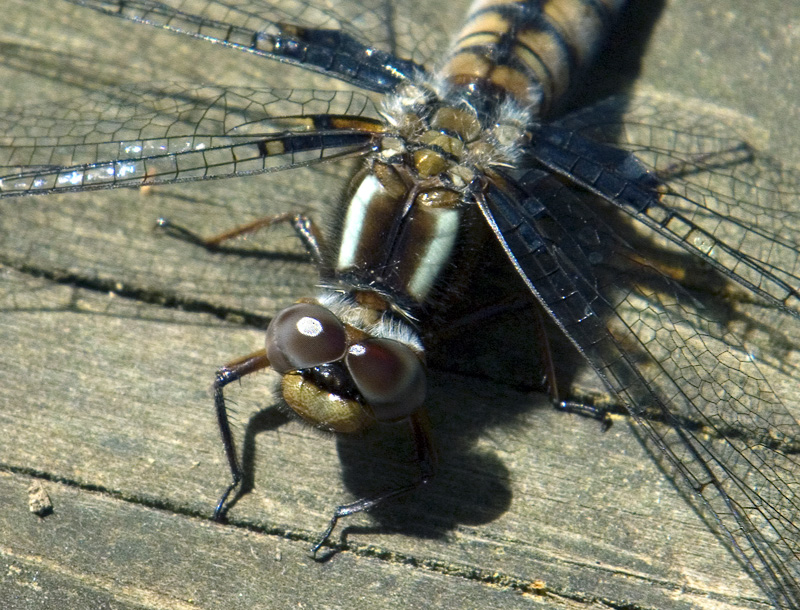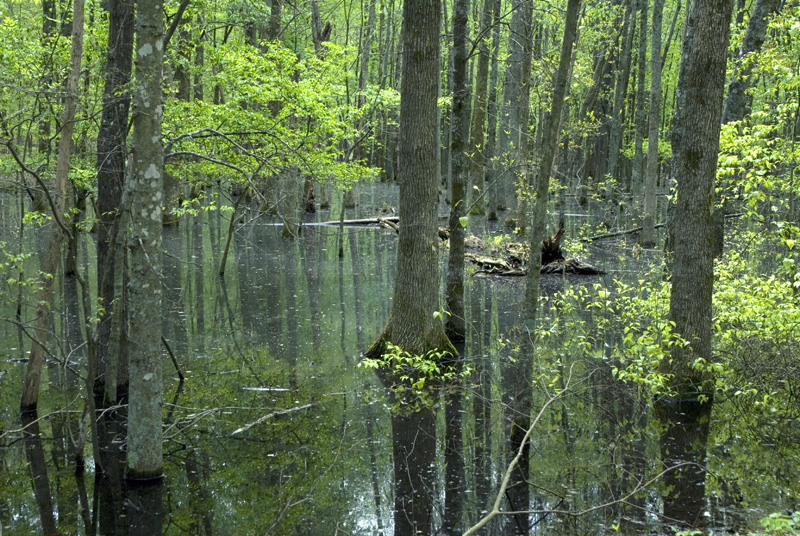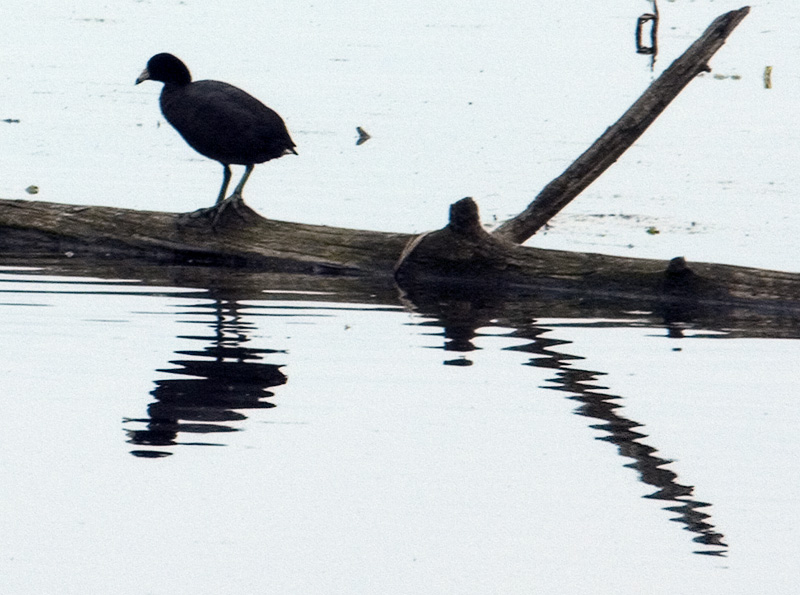I went to the Mingo National Reserve this week–the last bit of bottomland left in the delta region of Missouri’s boot heel. It’s full of cypress swamps, marshes, a river and a lake, and is an important breeding ground for migratory birds. If the sounds I heard were any indication, the number of species that inhabit the grounds must be enormous.
I walked one trail and the songs were so loud and diverse that I found myself spinning about, trying to identify even a few of the birds I heard. No matter where I went, my movement always triggered a rustle in bushes, leaves, or water. What was both tantalizing and frustrating is that I would only catch a glimpse of whatever moved: a black and white hint of a woodpecker wings, the shadow of a eagle overhead, a heron peaking out at me from the trees. Never, quite seeing the whole.
As I drove the auto tour–a rough twenty mile road open four months of the year– biting and stinging insects would immediately come in through the open windows whenever I stopped, which was frequently. When I started back up again, the insects were just as quickly gone–not before leaving a souvenir, or two. I didn’t care, as it was a small price to pay to be surrounded by such mysteries.
I grew up in the Northwest, in a land full of white water rivers, huge open lakes, tall mountains, and vast fields. It is so unlike the small, secretive swamps and marshes unique to the south. There is no habitat that speaks to me more of being in the south than to walk in a cypress swamp, which is probably why I find them both compelling and disconcerting.
We rose from the depths of swamps such as these. They represent the last bit of ‘original life’, though the world’s rush to make them useful is destroying most of them and their important cousin, the rain forest. The problem with the Mississippi delta is it’s considered some of the richest farmland in the world. Deposits from the river overflowing its banks have built up a top soil that is literally feet deep in some places. However, with such richness is a price: the land is wet, boggy, swampy, and flooding is a natural part of the ecosystem.
Still, people persevered, and much of the original land where indians camped for over 12,000 years–to hunt and fish in the dense forests, the rich waters–is gone; replaced by neat hoed rows and small towns. Replaced until the Old ‘Sip reminds us, from time to time, that we don’t own the land on which we live.
